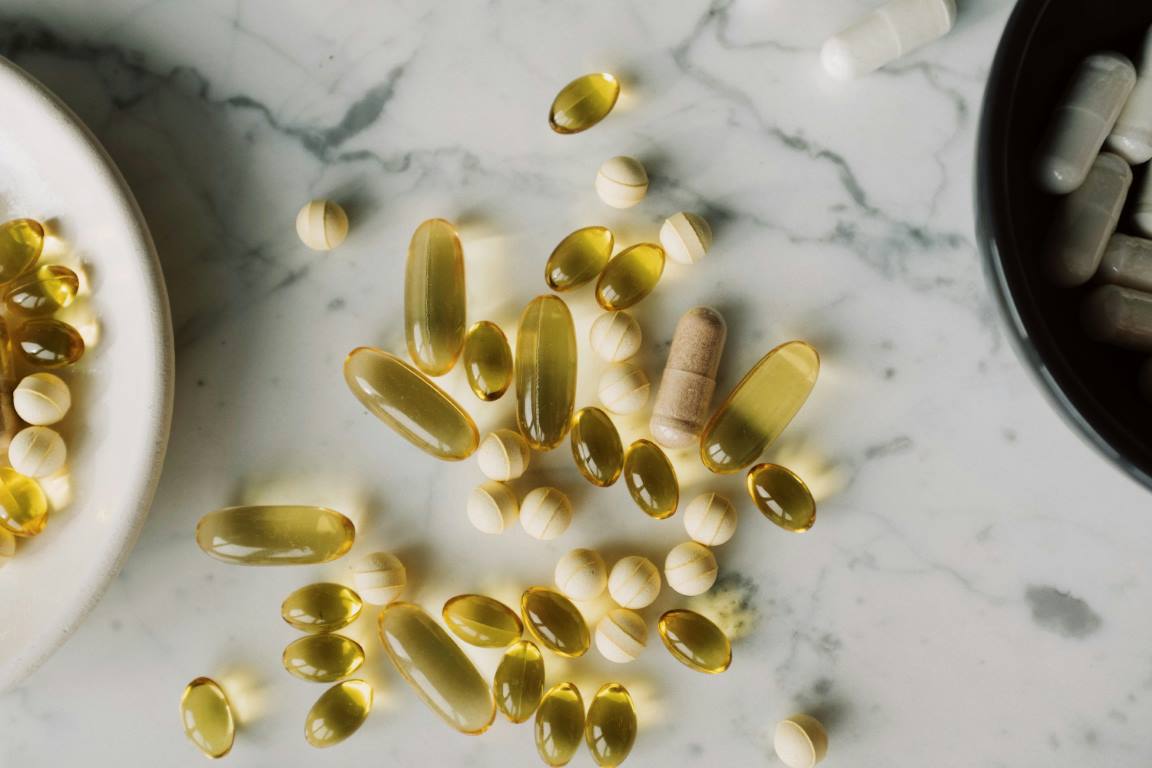Cannabis has been widely used as pain medication in the late 19th and early 20th century. After being banned in most countries for decades, cannabis-based drugs are increasingly finding their way back into modern medicine. In March 2017 Germany introduced a major change in legislation, which significantly facilitated patients’ access to medical cannabis. In contrast to previous cannabis regulation, the new law on “cannabis as medicine” enabled medical practitioners to prescribe THC-containing cannabis extracts, flowers, and (semi-) synthetic THC formulations without the need to file an application to the Federal Institute for Drugs and Medical Devices (BfArM). The new procedure removed significant obstacles for doctors, pharmacologists and severely ill patients that gained access to promising cannabis-based therapies where conventional therapeutic approaches failed.
Since lifting cannabis restrictions in 2017, the demand for medical cannabis in Germany is on the rise. As the capacity of German producers to meet the demand of high-quality cannabis is limited, the majority of cannabis prescribed in Germany has to be imported. While in 2017 Germany imported 1.8 t of medical cannabis, imports drastically increased to 11.7 t in 2020 and to 20.7 t in 2021. The bulk of cannabis imports for medical and scientific purposes in Germany in 2021 originated from Canada (6.5 t), the Netherlands (3.7 t), and Denmark (3.7 t). But also non-EU countries like Uruguay, Uganda, and Colombia are on the long list of nations that export cannabis for the German market, which only produced 2.4 t in 2021.
In July 2022 the German BfArM published an important, nation-wide survey on medical cannabis prescriptions in Germany since the new regulations became effective in 2017. The survey contains anonymous data from 21,000 cannabis prescriptions between 2017 and 2022 and gives information on relevant parameters including medical indication and perceived improvement in symptoms and quality of life. Intriguingly, the vast majority of reported medical indications were associated with pain management (74.2%), followed by spasticity (9.6%) and anorexia-related symptoms (5.1%). This finding is noteworthy, as the evidence for the benefit of cannabis-based medicine in chronic pain patients is still controversially debated. An exception are patients suffering from neuropathic pain, for which the benefits of medical cannabis are relatively well documented.
Overall, the BfArM survey reports comparable positive effects on quality of life and symptom severity for cannabis flowers, extracts, and synthetic THC preparations. Of note, the average daily THC dose in flowers was highly variable and with 249 mg far exceeded the average daily dose of ~15 mg THC that is recommended in scientific studies and was achieved with cannabis extracts and THC-based preparations. This large variation in daily THC dosage possibly heightens the risk for adverse side effects and raises safety concerns regarding the use of medical cannabis flowers. Besides the lack of scientific evidence for efficacy, tolerability, and safety, high THC doses often produce an increased perceived well-being, blurring the line between cannabis’ proven medical properties and the drugs euphoric effect. According to the BfArM report, the majority of patients receiving extracts or THC-based formulations were female with an average age of 57. In contrast, two thirds of patients using cannabis flowers were male and aged 45.5 years. The obvious preference for cannabis flowers among younger male patients might be explained by previous experiences with illegally purchased cannabis, questioning the suitability and safety of cannabis flowers as prescription drug. In contrast, cannabis extracts seem to have various advantages over cannabis flowers. Not only do extracts generally show less variability in cannabinoid composition and THC concentration as many cannabis flowers, but also the risk of excessive daily dosage schemes is greatly reduced. In addition, prescribing cannabis extracts lowers the risk of lung and heart disease, as the oral intake of extracts (e.g. in oily formulations) avoids vaporizing or smoking, which represents a frequent, although not medically recommended, method of consuming cannabis flowers. Further, the oral application of cannabis extracts results in a slow and steady rise of the blood THC concentration – potentially reducing psychotropic side effects and lowering the risk of psychological dependence.
While the BfArM report gives valuable insights into medical cannabis prescriptions in Germany, its scientific meaning is limited and it cannot replace robust clinical studies. Besides a relatively small number of analyzed prescriptions, the validity of a retrospective assessment of efficacy and side effects appears questionable. Further, the medical indication “pain” is not precisely defined and encompasses a wide range of underlying diseases. This report clearly highlights the need for more robust research on cannabis-based medicine for chronic pain treatment. While the benefit of cannabis against neuropathic pain is scientifically relatively well supported, the picture remains incomplete when it comes to other forms of chronic pain. Nevertheless, a recent study from Israel showed a significant improvement in quality of life and a reduction of pain medication in chronic pain patients with complementary cannabis treatment. While these results are pointing in the right direction, additional robust clinical studies are urgently needed in the future to make this promising drug more accessible for medical practitioners and patients. The potential applications for novel cannabis-based therapeutic approaches are extensive and include symptoms like chronic back pain (with an estimated 25 million patients in Europe alone), arthritic joint pain, and severe menstrual cramps and discomfort – symptoms that greatly reduce the quality of life of millions of people worldwide. In the beginning of 2022, the UK National Institute of Health even approved one of the world’s first clinical trials on the use of medical cannabis to treat symptoms of long-COVID – a complex, debilitating disease that will continue to pose huge problems for global health. Taken together, chronic pain patients might profit immensely from medical cannabis and experience an increased quality of life and reduced symptom severity, with a favorable side effect profile as compared to other, often opioid-based, treatment options. In our opinion, increasing the safety and quality of cannabis-based drugs while promoting scientific research clearly is the key to a bright future of medical cannabis.
References:
BfArM, Bundesopiumstelle, Einfuhren Cannabis
BfArM, Abschlussbericht der Begleiterhebung […] zur Verschreibung und Anwendung von Cannabisarzneimitteln
Ärzteblatt, Begleiterhebung: Cannabis vor allem gegen chronische Schmerzen eingesetzt
Aviram et al. 2021, Frontiers Pharmacology
Spektrum.de, heilen mit Hanf 13.07.2022
Pharmazeutische Zeitung, Cannabis-Fertigarzneimittel auf Extrakt-basis gegen Rückenschmerz





